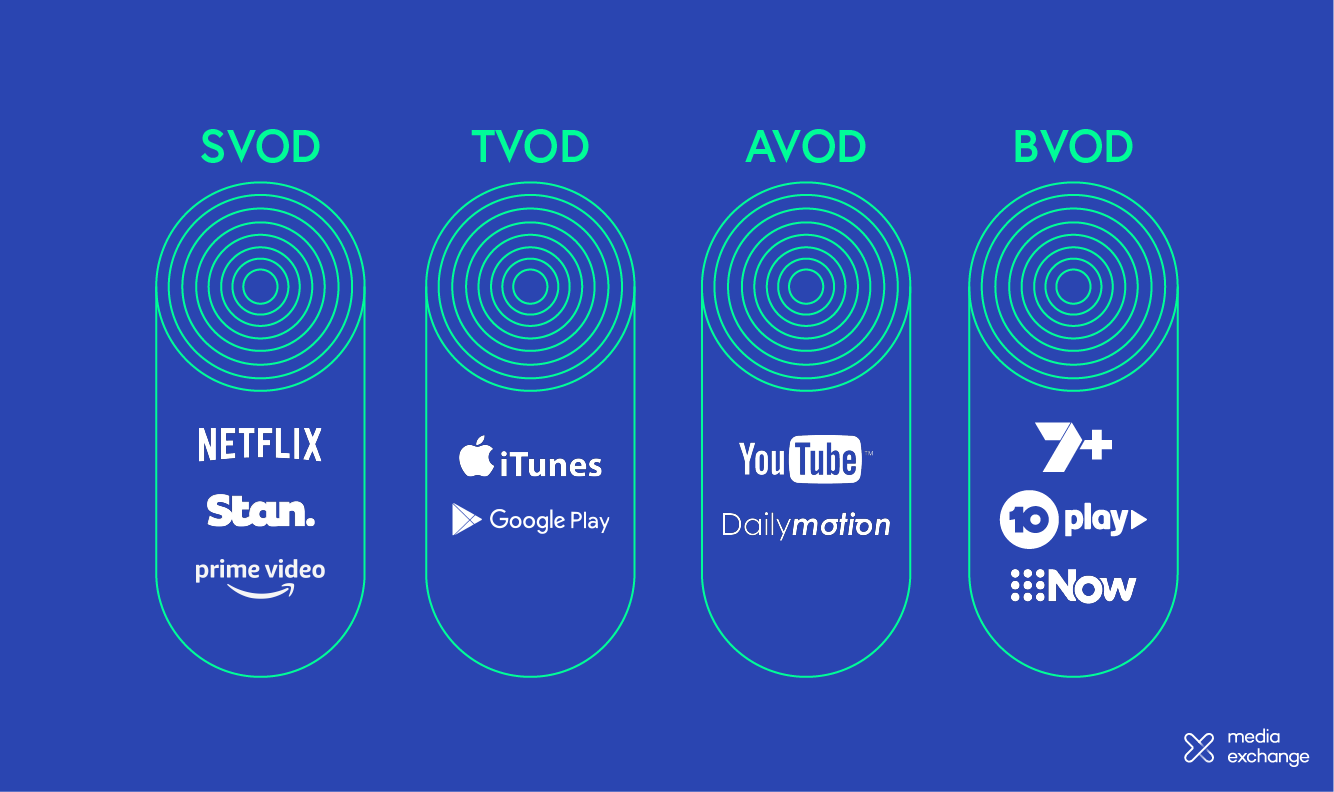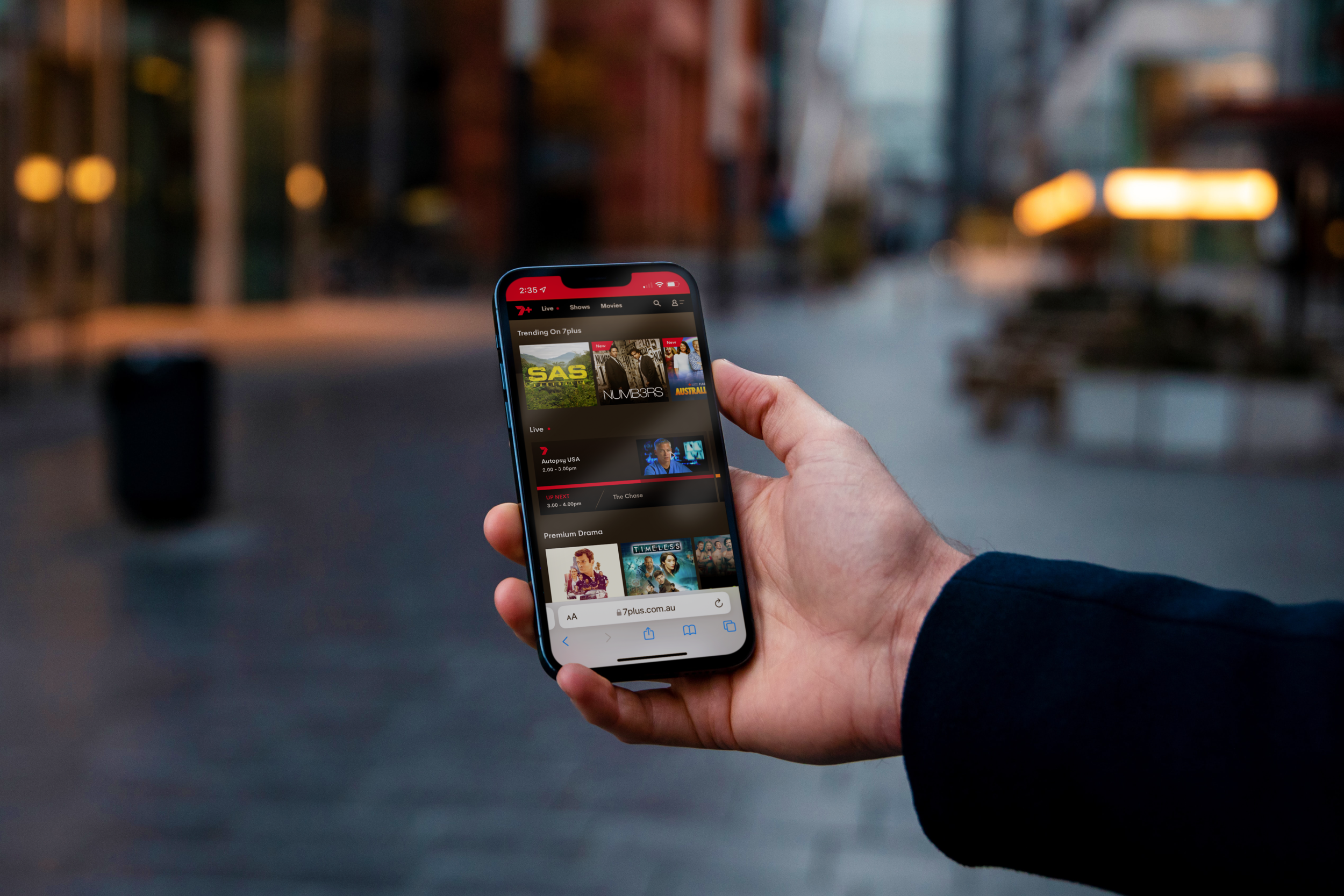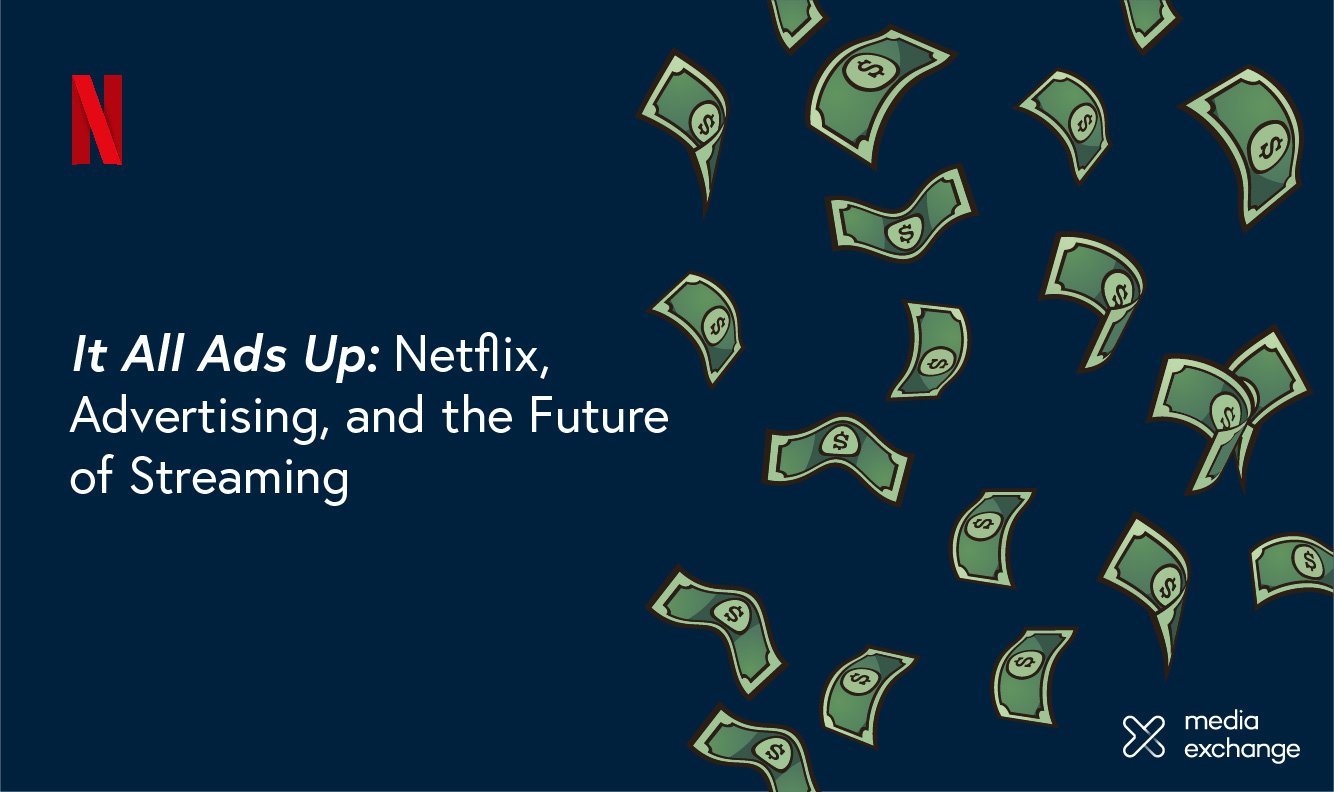BVOD Explained: What is Broadcast Video on Demand?
Table of Contents
The advertising industry is constantly changing as new technologies emerge, with brands able to place their ad messages on a variety of media channels. Often, newer channels turn out to be some of the most effective advertising platforms, and nowhere is this more true than the world of BVOD.
BVOD stands for Broadcast Video on Demand, which refers to all content from traditional TV broadcasters that is made available online for viewers to consume at any time. Nestled within the overall sphere of video on demand (VOD), BVOD has already staked its claim as an effective and far-reaching platform for advertising despite being a newer option. Let's take a closer look.
What is video on demand?
Video on demand — or VOD — is a way of consuming visual content that is stored online. VOD is a system that is defined by convenience: content is stored online for viewers to access at any time that suits them. Where traditional television offers a fixed slate of programs throughout the day, VOD enables the viewer to pick and choose what content they want to watch, and when.
Types of video on demand
BVOD isn't the only player under the umbrella of VOD. BVOD's cousins include:
Subscription VOD (SVOD): This is what most people will picture when they hear the word 'streaming'. Subscription video on demand covers services like Netflix and Disney+, where users pay a monthly or annual fee to subscribe and watch the platform's content. Typically, SVOD platforms have ad-free content, but some offer ad-supported tiers as more affordable options.
Advertising-based VOD (AVOD): These are platforms where content is free, but consumers have to watch advertisements to get to their chosen content. The most well-known and popular example is YouTube, but there are a number of smaller players including DailyMotion and even Facebook Watch.
Transactional VOD (TVOD): Similar to SVOD, Transactional VOD involves paying a fee to view content, but is specifically when consumers pay a one-off fee for an individual piece of content, instead of paying for a regular subscription. iTunes used to be the best example of this, but contemporary options include Google Play and some content on YouTube or Amazon Prime.
It's useful to understand what each of these options are, but let's get back to business — we're here for BVOD!
What is BVOD?
You might know BVOD better as 'catch up TV' — platforms where you can watch that last episode of MAFS you missed or catch up on Home and Away if you still haven't realised that better TV exists.
BVOD channels are extensions of Australia's traditional broadcasters, including Channels 7, 9 and 10, as well as the ABC and SBS. Each one of our broadcasters has an accompanying streaming service (like 9Now, iView or SBS On Demand), where content is available for free viewing. In this way, BVOD closely resembles AVOD, with the key difference being the links with traditional TV broadcasters.
BVOD also has the benefit of offering a simulcast of the live TV channel alongside the network's library of content. However, the majority of BVOD content is packaged with advertising — the only platform without ads is ABC iView, because it is a public broadcaster. Broadcaster video on demand still represents an attractive option though, with convenient viewing, pausing shows, and extensive libraries.
How is BVOD going?
BVOD experienced a significant breakout in popularity due to the pandemic. More than 25 million hours of BVOD media is consumed on BVOD platforms each week, with more and more viewers embracing these platforms. It's clear that the BVOD advertising is set to experience even more success. In the 12 months leading up to December 2021, BVOD experienced a 67.8% increase in advertising revenue, and is now analysed alongside linear TV rather than considered a smaller side-product. Analysed together they make up ‘Total TV', which is now the primary metric used.
Stats provided by Roy Morgan
BVOD also offers something that many subscription-based services do not: sport! BVOD in Australia is heavily driven by sport, whether it's footy, cricket or rugby league. All the significant events that broadcasters have rights to, like the Olympics, Ashes and Australian Open, can all be accessed through BVOD as well. The 2022 Australian Open on 9Now also took out all 10 of the top 10 live streamed programs of January, with the final day of the tournament recording 87 million live streamed minutes, a 449% increase on the 2021 tournament's final day.
Importantly, just because BVOD skyrocketed in popularity during the pandemic doesn't mean it will drop back as life returns to normal. Realistically, the pandemic only accelerated a process that was already going to happen eventually, with every player citing Total TV, and BVOD specifically, as a major focus. Free-to-air TV has been the star player for a long time now, but eventually the rookie benchwarmer will take that starring role. It's no longer about if — it's about when.
What makes BVOD advertising so effective?
Unlike traditional TV advertising, a BVOD advertising strategy provides greater opportunity to reach your target audience with a message that they will listen to and remember. One of the fastest growing advertising segments in the media industry, this is what makes BVOD advertising such an effective and popular channel.
BVOD audiences and viewing
BVOD is a ‘lean-in' type of media, where viewers are deliberately searching for and engaging with content on their terms. This is distinct from ‘lean back' media, which is more passive content that is happened upon, like videos on social platforms. Viewers watching BVOD are doing so because they want to, which makes BVOD audiences a lot more interesting for advertising purposes. This high level of engagement provides advertisers an opportunity to reach audiences who are more likely to remember their messages.
In an age where streaming services have become the norm, TV broadcasters realised that putting their content into an online streaming library would be an effective way to reach viewers — without stepping on their own toes. BVOD is still their own content, just placed in a more appropriate space.
Originally BVOD was localised more primarily to mobile apps and viewed on those small screens. However, it has grown alongside the breakout of Connected TV, which refers to televisions or devices that deliver content via an in-built internet connection (ie. Smart TVs and Chromecast). CTV offers consumers the opportunity to watch VOD services on their TV screens and viewing via CTV sets accounts for around half of all BVOD consumption in Australia.
Trackable advertising campaigns
The BVOD model enables particularly effective tracking for advertisers. BVOD platforms require an account to be used, and these accounts contain details about age and viewing preferences, meaning that advertisers can be fully aware of who is watching and when. Viewing data can be found through OzTAM, an Australian television audience measurement service. They provide information about audience numbers, minutes streamed and demographic breakdowns, helping brands and advertisers be more aware of who is watching what.
BVOD is typically purchased and measured on a cost per 1000 impressions (CPM) model. But combining BVOD campaigns with wider tracking data means that other important measures can also be reported on. These include View Through Rate (VTR), which is the percentage of ad viewers who later visited a linked site, and footfall, which is the percentage of ad viewers who later visited an associated location.
Memorability
Research suggests that ads occurring on BVOD experience greater memory recall from viewers than ads on social video platforms like YouTube and Facebook, largely due to higher attention levels, which is the key to generating a sales response. BVOD has been shown to also generate more likability of ads, particular in the short-form, making it an effective alternative to other digital marketing. Additionally, BVOD platforms benefit from the loyalty and attributes viewers feel towards their parent broadcasters, with brand transference occurring.
Connectedness
BVOD — and television in general — benefits from users likely being very close to a second screen. As a result, advertising on BVOD can prompt quick and accessible internet searching without losing the content or the flow of watching.
The final significant factor that makes BVOD advertising useful is that ads are typically un-skippable. You can be sure that viewers are definitely seeing what you are putting up there. And while these types of ads can frustrate viewers at times, if your advertising is fun, engaging and creative, they will be happy to watch along.
Will BVOD remain relevant?
BVOD’s steady growth turned into a sharp rise across the last two years, and both broadcasters and advertisers recognise the opportunity to appeal to viewers in this digital format. For example, Seven is focused on their ‘Enhanced Advertiser and Viewer Experience’ strategy which is designed to deliver more impactful ad breaks for viewers. Viewers get more appropriate ads, Seven gets a better reputation amongst consumers, and advertisers can talk to an engaged and attentive audience.
BVOD platforms are attempting to mimic the style of subscription streaming platforms by providing exclusive content online. SBS describes their strategy as ‘catalogue over catch-up’, with over 70% of their content exclusive to the SBS On Demand service, and not available on the linear broadcast channel.
These platforms were traditionally skewed towards reality TV and catching up on the latest juicy episode. However, viewers are now watching news content, exclusive dramas and overseas shows at increasing rates. With more types of content being sought by audiences, BVOD audiences are only set to grow, and BVOD advertising should see a continued increase in growth.
For advertisers, BVOD represents a cost-effective advertising space that is building in viewership. With the ability to specifically target key demographics and audience segments, and then track their viewing habits, advertisers can utilise BVOD to ensure that any money they are spending is being spent well.
Overall, BVOD is expected to continue growing and demand for its ad space inventory along with it. It will likely be more competitive as time goes on and use of the services increases, but this is coming alongside the long-term lack of growth that linear TV will likely experience. More space will open up on BVOD, more people will be seeing it, and advertisers will be connected with the audiences that suit them best.
BVOD has well and truly arrived, but its true potential has still yet to be seen.











